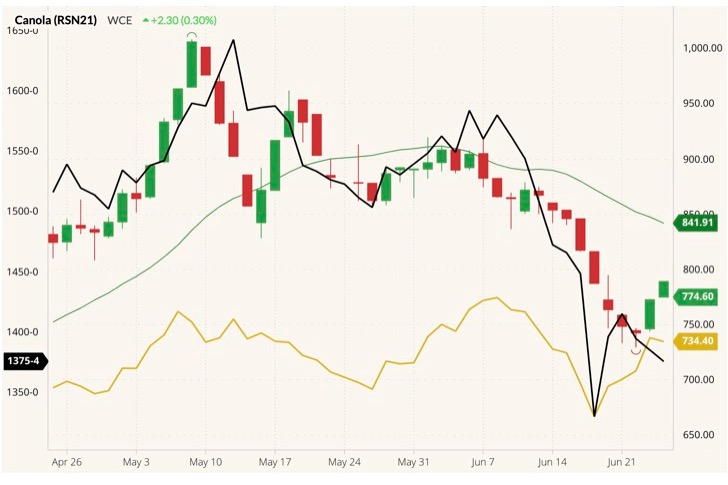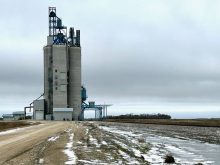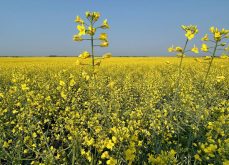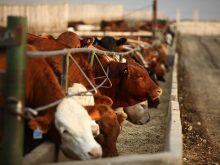MarketsFarm — As higher-than-normal temperatures become almost a weekly occurrence in Western Canada amidst tightening carryout stocks, canola seems primed for another extended rally.
Despite rains in Western Canada over the past three weeks, providing some relief for canola crops and triggering fund liquidation on the markets, carryout remains very low, with warmer temperatures exacerbating the situation.
For these reasons, former trader and Winnipeg-based market analyst Wayne Palmer believes the canola market will have nowhere to go but up over the next week or longer.
Read Also

U.S. livestock: CME cattle tick lower in thin pre-holiday trade
Chicago | Reuters – Chicago Mercantile Exchange live and feeder cattle futures were little changed but ended slightly lower on…
“We ran up because there are no backup (canola) supplies this year. Carryout is at a dangerous level. The world is looking at Canada to replenish canola supplies,” he said.
Canola has also followed the lead of the Chicago soy complex. While rains in the U.S. and other soybean-growing regions can decouple the market performances of both crops, the vegetable oil market remains a major influence on canola prices. Soyoil has rallied more than 400 points this week alone.
“There are dangerous levels of vegetable oils, soybeans and corn globally, as well,” he said, adding that weather is still the main topic of conversation among canola growers and buyers.
“We are now 100 per cent focused on weather and this is only the last week of June. We are going to get into, as we get into climate change, crazy, smoking-hot weather… We’ve got no place to go but to rally because, then you ask yourself the question, ‘Who’s going to sell it?'”
Without timely rains, canola crops would not be in a good situation, which Palmer equated to a “C-average.” Even with an average crop for the 2021-22 growing season, he expects canola prices to remain elevated into 2022.
“Now that you’ve got crusher buying, there’s just no selling here right now until this crop is 75 to 80 per cent made and it won’t happen until the beginning of August,” Palmer said. “We’re going higher before we go lower.”
— Adam Peleshaty reports for MarketsFarm from Stonewall, Man.
















